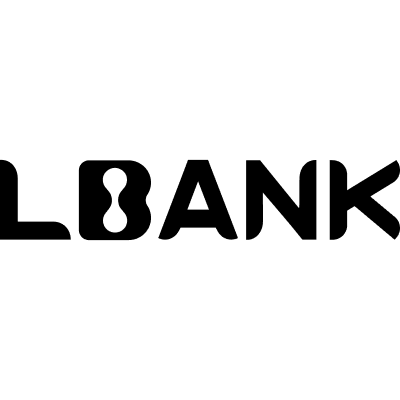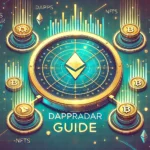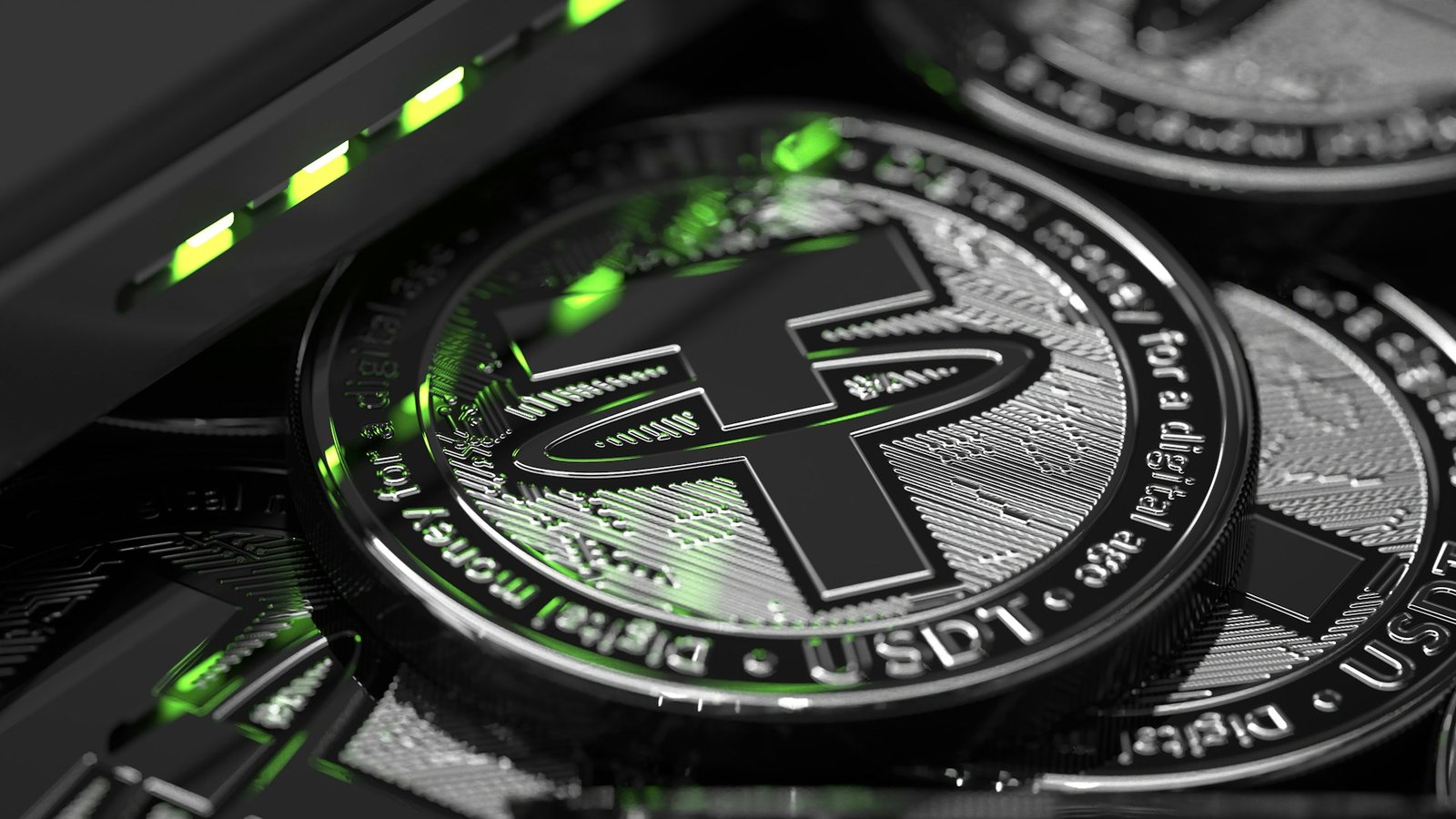– Ad –
| Getting your Trinity Audio player ready... |
In the world of cryptocurrencies, trust is paramount. With the rise of digital assets, users want assurance that their funds are safe on exchanges. This is where Proof of Reserves (PoR) comes in—a transparent method to verify that a crypto exchange holds enough assets to cover customer deposits. This article explores what Proof of Reserves is, why it matters, and how it fosters trust in the crypto ecosystem.
What is Proof of Reserves?
Proof of Reserves is a method employed by crypto exchanges and custodians to confirm they hold enough assets to cover customer deposits. Essentially, it’s a way to prove that the exchange isn’t using customer funds for other purposes, like trading or lending, without their consent. PoR involves publicly disclosing wallet addresses or using cryptographic methods, like Merkle Tree audits, to show that the exchange’s reserves match or exceed customer deposits.
Unlike traditional financial audits, PoR leverages blockchain’s transparency. By sharing wallet addresses or audit results, exchanges allow anyone to verify their holdings on the blockchain. This openness helps prevent scenarios like fractional reserve banking, where an exchange might hold less than what customers have deposited.
Why Proof of Reserves Matters
The crypto industry has faced its share of scandals, with some exchanges mismanaging or misusing customer funds. High-profile collapses, like FTX in 2022, highlighted the need for greater transparency. PoR addresses this by:
- Building Trust: Customers can verify that their funds are secure, reducing reliance on blind trust in the exchange.
- Preventing Insolvency: PoR ensures exchanges aren’t operating with insufficient reserves, which could lead to losses during market downturns.
- Enhancing Accountability: Regular PoR audits encourage exchanges to maintain proper asset management practices.
For users, PoR is a safeguard against fraud and mismanagement, ensuring their assets are accessible when they want to withdraw.
How Does Proof of Reserves Work?
PoR typically involves two key components: on-chain verification and third-party audits.
- On-Chain Verification: Exchanges publish the public addresses of their wallets, allowing users to check the balances on the blockchain. This is straightforward for assets like Bitcoin or Ethereum, where transactions are transparent.
- Merkle Tree Audits: For privacy, exchanges often use a Merkle Tree—a cryptographic structure that aggregates user balances into a single “root” hash. This allows verification of total reserves without exposing individual account details. An independent auditor confirms that the exchange’s reserves match or exceed the Merkle Tree’s total.
- Attestation Reports: A trusted third party, like an accounting firm, conducts periodic audits and publishes reports confirming the exchange’s reserves. These reports add credibility to the process.
Some exchanges combine PoR with Proof of Liabilities, which verifies the total customer deposits they’re obligated to cover. By comparing reserves to liabilities, users can confirm the exchange is fully backed.
Also Read: Understanding Proof of Work (PoW): The Backbone of Blockchain Security
Benefits and Challenges of Proof of Reserves
Benefits:
- Transparency: PoR gives users confidence by showing real-time proof of funds.
- User Empowerment: Anyone with basic blockchain knowledge can verify reserves.
- Industry Standard: As more exchanges adopt PoR, it’s becoming a benchmark for credibility.
Challenges:
- Privacy Concerns: Publishing wallet addresses can expose exchanges to targeted attacks.
- Audit Reliability: The process depends on the integrity of third-party auditors.
- Complex Assets: PoR is harder to implement for assets held in less transparent blockchains or off-chain systems.
The Future of Proof of Reserves
As the cryptocurrency sector grows, Proof of Reserves is expected to become a standard practice. Regulatory bodies in various countries are pushing for stricter oversight, and PoR could help exchanges comply with transparency requirements. Innovations like zero-knowledge proofs may further enhance PoR by improving privacy while maintaining verifiability.
For users, choosing an exchange that implements PoR is a smart move. It’s a sign of commitment to transparency and customer security. As the crypto space evolves, Proof of Reserves will play a critical role in building a trustworthy and resilient ecosystem.
FAQs
How does Proof of Reserves differ from a standard financial audit?
A regular financial audit examines an organization’s financial statements, while Proof of Reserves specifically verifies that a crypto exchange holds enough digital assets to cover customer deposits. PoR uses blockchain transparency and cryptographic tools like Merkle Trees, making it more accessible for public verification.
Can I verify an exchange’s Proof of Reserves myself?
If an exchange shares its wallet addresses, you can verify the balances on the blockchain with a block explorer. For Merkle Tree audits, you’d rely on the auditor’s report, but some exchanges provide tools to verify your own account’s inclusion in the audit.
Are all crypto exchanges required to perform Proof of Reserves?
No, PoR is not universally mandated, but many reputable exchanges adopt it voluntarily to build trust. Regulatory frameworks in some regions are starting to encourage or require PoR-like transparency measures.

















